Saab 95 classic cars for sale
The Saab 95 stands out as a rare seven-seater station wagon that defined Swedish practicality between 1959 and 1978. Its two-door layout, versatile configurations—including rare third-row seating—and technical developments like the shift from two-stroke to V4 engines make it a fascinating find for knowledgeable collectors.
Résultats de la recherche
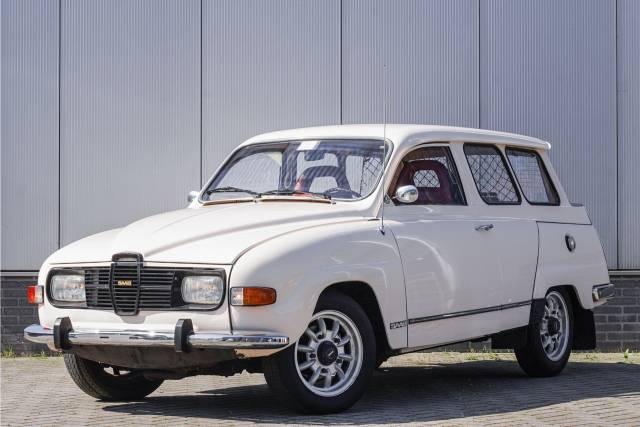
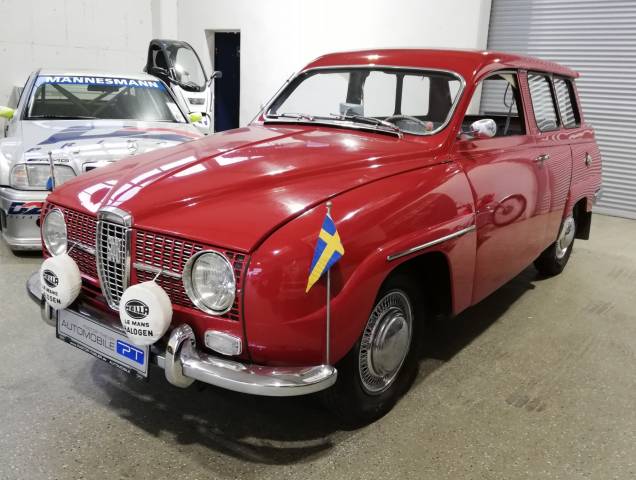
1965 | Saab 95
Kombi (Langnase) sehr selten
Saab 95 listing references from Classic Trader
Below you will find listings related to your search that are no longer available on Classic Trader. Use this information to gain insight into availability, value trends, and current pricing for a "Saab 95" to make a more informed purchasing decision.

1970 | Saab 95 V 4
Saab 95 V4 | Gerestaureerd | Gereviseerde Motor | 1970
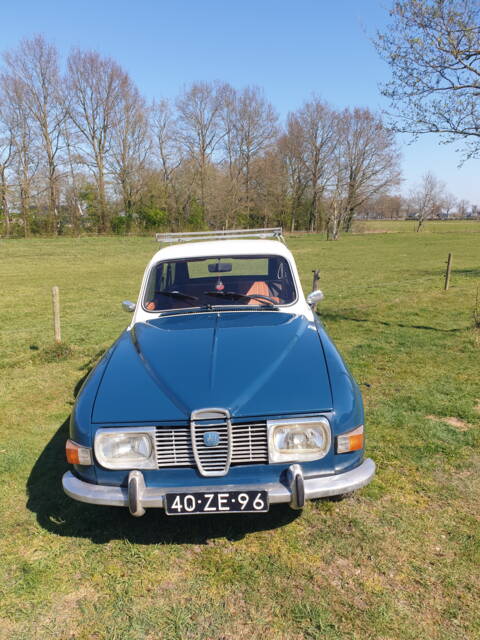
1974 | Saab 95 V 4
Saab 95 blauw/wit kleuren combinatie
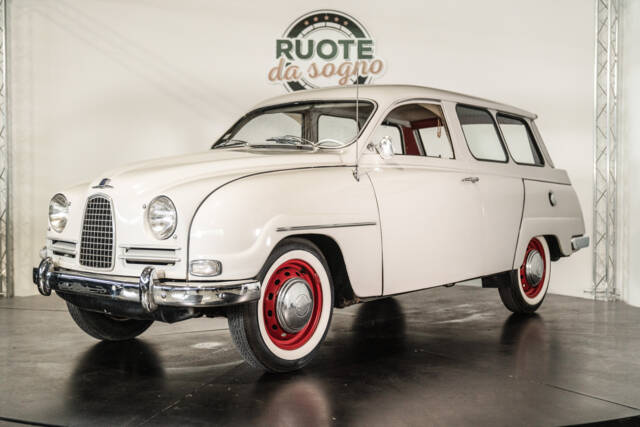
1961 | Saab 95
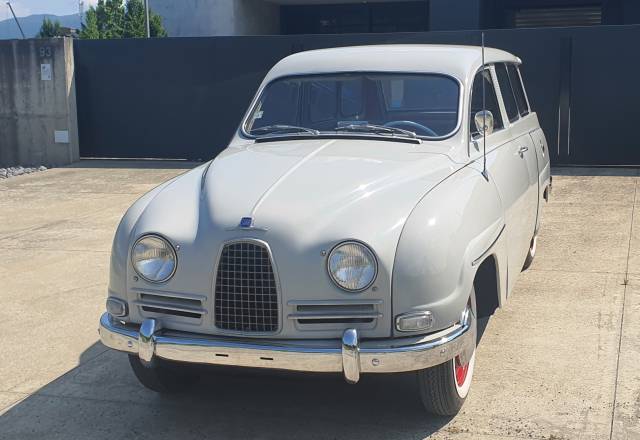
1962 | Saab 95
WAGON !!!!!
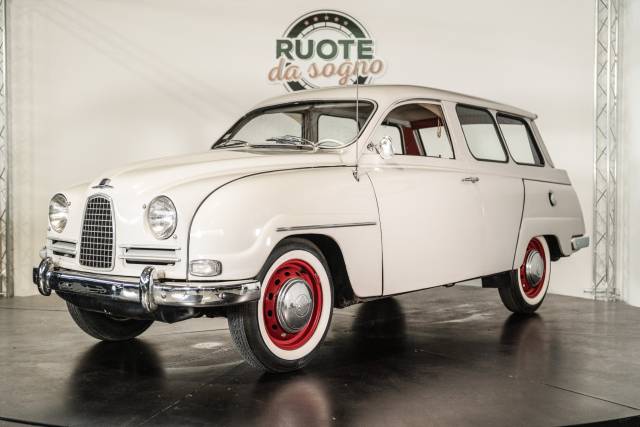
1961 | Saab 95
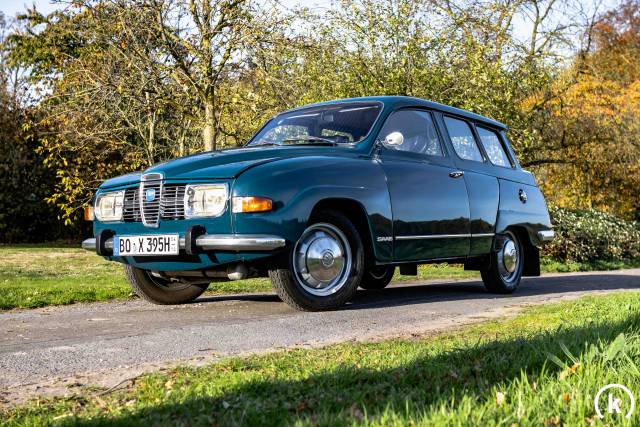
1973 | Saab 95 V 4
Saab 95 V4 Kombi Frame-Off restauriert Motor revidiert Anhängerkupplung (1973)
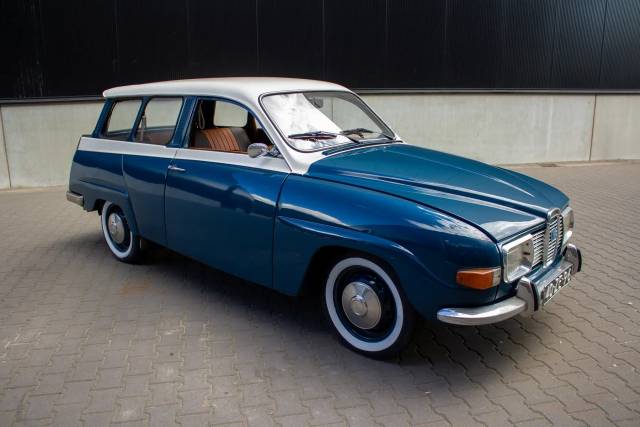
1974 | Saab 95 V 4
Beautiful Little Saab - Nice Condition and Leather Interior!

1977 | Saab 95 V 4
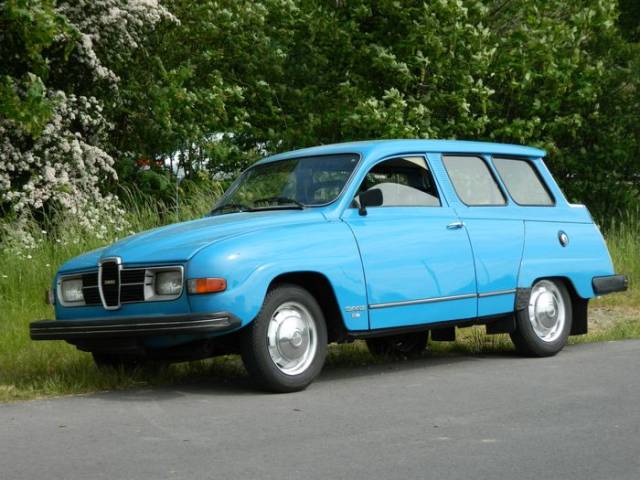
1978 | Saab 95 V 4

1971 | Saab 95 V 4
Saab 95 Kombi 7 Sitzer Winterpreis!!
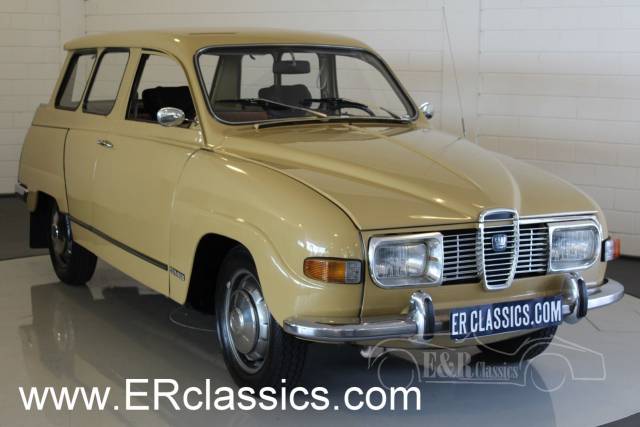
1973 | Saab 95 V 4
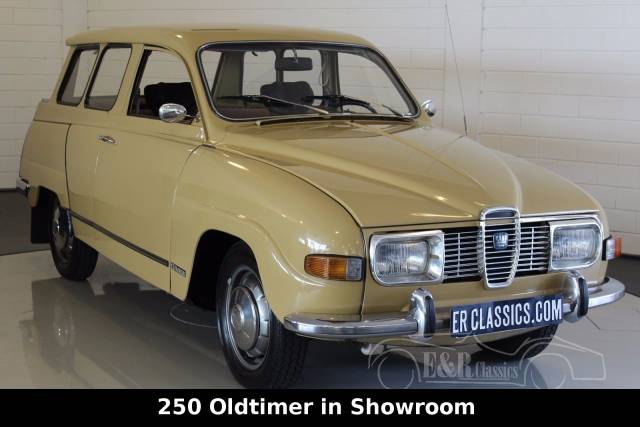
1973 | Saab 95 V 4
Saab 95 V4 SportKombi 1973 in sehr gutem Zustand
History of the Saab 95
First produced in 1959, the Saab 95 was the Swedish brand's answer to increased demand for flexible family transport, introducing a two-door station wagon with room for up to seven passengers. Built as an estate version of the Saab 96—which itself evolved from the Saab 93 and, originally, the pioneering Saab 92—the 95 inherited the robust engineering typical of Scandinavian cars. Produced for nearly two decades, it consistently combined practicality with independent design, channeling Saab’s aviation-influenced approach into automotive form.
Model history of the Saab 95
The Saab 95 began as an adaptation of the Saab 96. The Saab 96 succeeded the 93, which was itself rooted in Saab's first vehicle, the 92. The earliest 95s used two-stroke engines, then underwent a major shift in 1967 to V4 engines, increasing power and reliability. The model saw incremental updates: from the standard 29 kW two-stroke variants to rare 40 kW options, and finally to the L V4 estate, topping at 68 PS. Regulatory changes meant late models lost the distinctive third-row seat, while practical details like spare wheel placement evolved. Production ended in 1978, without a direct successor.
Highlights and special features of the Saab 95
Saab 95s are especially valued for their unusual layout—a compact station wagon with only two doors yet capable of seating seven, thanks to a foldable third row. Notable features include original Saab leather interiors, chrome hubcaps, factory-fitted headlight wipers, and rare, perfectly fitting body panels after quality restoration. The vehicle was commonly delivered with a tow bar and Vredestein Sprint Classic tyres were standard. Remaining original documents such as manuals and service booklets are often available, and many examples retain Swedish delivery plates. In Germany, a 95 in historically correct condition earns an 'H' registration plate and usually passes TÜV with ease.
Technical data Saab 95
Special Editions and Collectible Models
Top models are the late Saab 95 L V4 estates, recognisable by their thicker bumpers and more powerful V4 engines. Extremely rare are the 40 kW two-stroke models. Early cars with a third-row seat are now uncommon, especially in unrestored, original condition.
Weak Spots and Common Issues with the Saab 95
While specific documented weak spots are rare for the Saab 95, age and the unique construction mean attention should be paid to the integrity of the bodywork, underlying structure, and correct fit of panels—especially after restoration. Originality of interior features like leather seats and equipment such as the tow hook can influence value. Later cars lack the third row due to safety regulations, which should be considered when assessing 'seven-seater' claims.
Engine, Performance, Transmission and Handling
The Saab 95’s two-stroke engines are lightweight and responsive, well-matched to the car’s modest size. These gave way to the V4 units in 1967, which were praised for smoother operation and higher reliability, bringing a marked improvement in everyday driveability and long-distance comfort. The manual gearbox—robust and simple—complements the torquey power delivery of the later Ford engines. The tow bar underlines its practicality, while factory-fitted classic tyres and solid suspension geometry deliver a characteristically Swedish approach to rough road conditions. • Saab 95 V4 Kombi L – 68 PS, thicker bumpers, technical upgrades for the final years • Two-stroke 95 40 kW (rare) – increased performance, pre-1967 charm • Early 7-seater configurations – collector’s favourite for original seating layouts
Interior, Comfort, Exterior and Design
The Saab 95’s body blends robust Swedish minimalism with quirky details. Its notable two-door wagon design, with angular rear and large boots, sets it apart from contemporaries. Special exterior features include chrome wheel covers and often rare colour schemes. Interior highlights: optional leather seats, practical rear windows, and thoughtful touches like headlight wipers. Restored cars are valued for immaculate fit of structural elements—sills, wings, bonnet, tailgate, and grille. Cargo flexibility, removable rear seats, and even the relocation of the spare wheel in later models underscore the focus on real-world usability.
Other relevant features
Original documentation—owner’s booklets and service history—add significant value to surviving cars. Swedish provenance is common, as most were delivered new to Sweden. The preserved original or period registration plates and brochures are highly prized by enthusiast buyers.
Summary
A direct descendant of Saab aviation engineering, the Saab 95 embodies utility and individuality. Its unique layout, technical evolution from two-stroke to V4, and rare original features ensure lasting interest among collectors seeking a distinctly Swedish classic in the world of station wagons.

